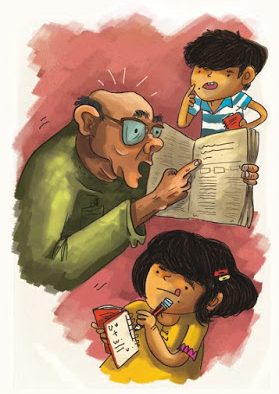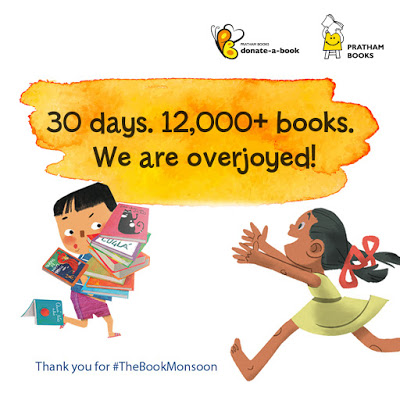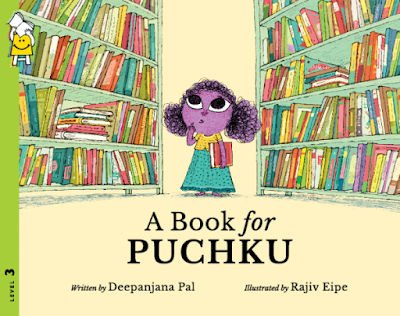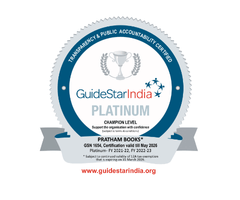Weaving Stories in New Languages

Purvi Shah, Head of Digital Projects at Pratham Books, says,
There are three major problems owing to which children in India aren’t reading enough – a very low number of books available, a lack of linguistic diversity of books, and barriers that limit access to the books. With 22 official languages, and hundreds of smaller ones, the multiplicity of languages becomes a challenge for publishers. They prefer to print in the lead languages and ignore the rest.
StoryWeaver is an open source platform by Pratham Books for multilingual children’s stories. It addresses all the issues around the lack of content by using the open access framework and technology as force multipliers. With over 1,500 stories in 35 languages, it is a free gateway to a stream of openly licensed stories in Indian and international languages. The stories can be read, shared, or downloaded for offline usage and in print-ready formats. “This helps in increasing access where there is none,” says Purvi.
StoryWeaver has embedded tools for content creation to enable people to re-purpose the content into more languages and versions. Users can translate a story in their preferred language or create a story from an image bank of over 2,500 images. Purvi elucidates, “By enabling the creation of locally relevant content, organisations can customise the creation of content to suit their needs. At one level, StoryWeaver is a large digital repository of content and on the other, it can provide tailor made, hyper-local content for a specific need. By making all of this content available for free, StoryWeaver is reducing the barriers to access good quality multilingual content.”
How does it work?
The undercurrent is to connect content creators at one end (authors, illustrators, translators, reviewers, and publishers) and content users on the other (children, parents, educators, librarians, and publishers as well – since they could use this content in their publishing programmes) through StoryWeaver.
StoryWeaver has an online-offline strategy. Purvi explains, “While content creation happens online, content consumption can happen in offline mode as well. For example, we have seen teachers in Government schools download stories from StoryWeaver and project them to a class. The interesting thing is that the story per se is a starting point – once the story is read, it then becomes a medium to engage the class with much more – be it concepts, reading comprehension or creative thinking.“
The platform is doing its bit for minority languages too. Purvi says,
StoryWeaver’s architecture is built for scale and one of the hard choices was to be Unicode compliant. This was a non-trivial exercise considering the complexity in Indian language scripts, but it guarantees content accessibility and discoverability. This has allowed us to add complex script languages, like Khmer, and tribal languages, like Kurukh, Mundari, and Sadri, with very little effort. Users then come and create stories in these languages helping preserve minority languages.






